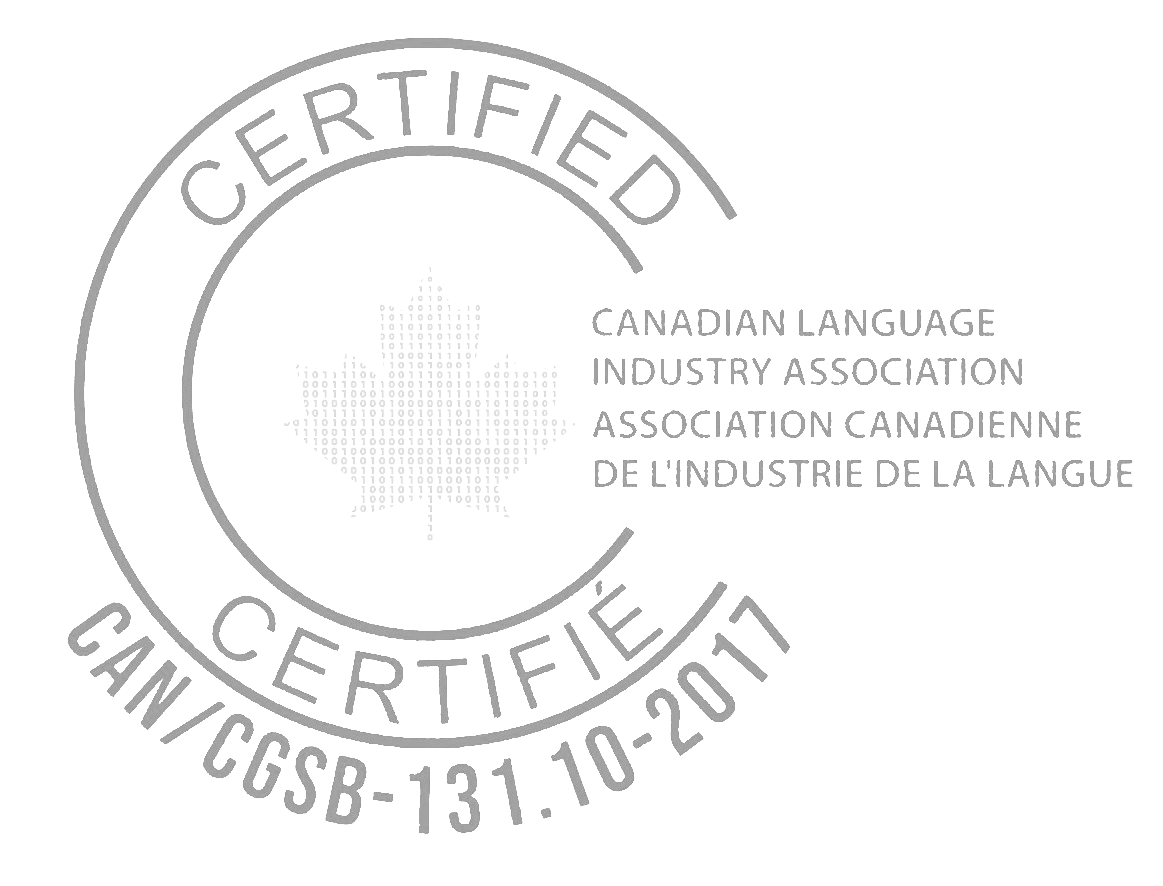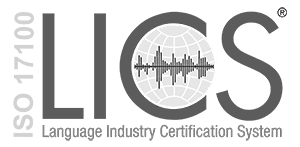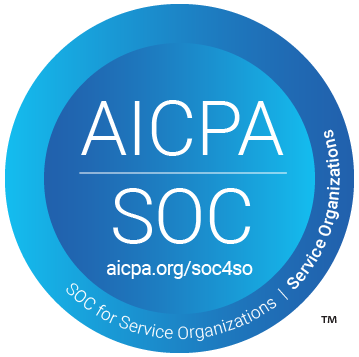The Hidden Costs Of Manual Regulatory Translations
Compliance remains one of the most significant cost pressures in financial services. This is especially true in Canada, where language laws and disclosure rules continue to evolve.
Global trends show that Know Your Customer (KYC) compliance can exceed $280 million annually per institution (Fenergo, 2024). In the Canadian market, this will be exacerbated by factors such as bilingual compliance requirements.
Despite the increased burden, many teams still manage these obligations using fragmented, manual processes. This introduces delays, risks, and translation inconsistencies into the reporting cycle; especially when finance and legal teams operate in siloes.
This echoes all the way up to senior leadership. 93 percent of global C-suite leaders cite manual workflows and fragmented data as primary barriers to operational efficiency (Fenergo, 2024).
For financial institutions, the impact goes beyond inefficiency. Manual translation workflows contribute to revenue leakage, delayed disclosures, and erosion of investor confidence. This article explores the role that fractured processes between legal and finance teams play in creating issues, and how unified workflows managed by professional translators can bridge the gap.
Workflow Inefficiencies
Financial institutions already struggle with inefficient onboarding. Eighty-six percent of banks cite poor data management and siloed processes as the top reasons clients abandon onboarding (Fenergo, 2024). This often includes repeated requests for the same information by different departments, a clear signal of inefficient workflows.
The same inefficiencies also plague regulatory translation. As of last year, KYC reviews still take an average of 90 days, and just 11 percent of institutions can complete them in under 30 days (Fenergo, 2024).
When a translation error forces a resubmission, the subsequent delay compounds exponentially.
Now consider markets with strict language requirements, like Quebec, where regulatory disclosures and client documents must be available in French to do business. Inefficiencies in the bilingual reporting process result in stalled onboarding, deferred revenues, and compliance teams locked into repetitive work for weeks on end.
To help institutions address these gaps, we’ve developed the Compliance Confidence Toolkit, including an audit-readiness checklist for bilingual workflows. These resources are designed to support both finance and legal teams in building resilient, scalable translation processes aligned with Canadian compliance standards.
Don’t let delays impact your reporting season. Take action with your free compliance checklist.
Financial Impact
Translation inefficiencies remain a significant bottleneck in financial operations. Onboarding, disclosures, and compliance cycles all depend on timely, accurate bilingual delivery. In Québec, where French-language materials are required under Bill 96, any delay can stall onboarding and defer revenue.
Without a centralized and governed translation process, teams often duplicate work, manage separate reviews, and spend valuable time resolving inconsistencies. These inefficiencies add up quickly when finance and legal teams manage translations in parallel but without coordination.
Forty-eight percent of banks have reported client losses due to onboarding delays (Fenergo, 2024). The average cost of a KYC review is $2,274, and a repeated review caused by a translation error increases that cost substantially.
At the same time, 76 percent of consumers prefer financial information in their own language (CSA Research, 2020). Bilingual delivery must be consistent and timely to meet that expectation. Relying on outdated manual processes to translation is like fighting the industry when it is clearly changing.
Compliance and Legal Exposure
Inconsistent translation across financial disclosures introduces legal and reputational risk. This is especially true in jurisdictions like Québec where French-language compliance is mandatory.
Regulators may not issue immediate penalties for a translation inconsistency, but the consequences are operational. Investor confidence slows, disclosures are questioned, and capital deployment decisions may be deferred. In Québec, misalignment between English and French documents can even lead to contractual challenges under Bill 96.
Reporting requirements are expanding. New climate standards from the CSSB and updates to NI 51-102 increase the volume of disclosures. Bilingual consistency is no longer optional. Manual or fragmented translation processes increase the likelihood of mismatches at a time when legal and regulatory scrutiny is intensifying.
To support audit-ready bilingual reporting, financial institutions can leverage the Compliance Confidence Toolkit and audit-readiness checklist. These resources help legal and finance teams ensure consistency across disclosures while reducing the risk of translation-based exposure.
Risk Becomes the Status Quo
Failing to act on these issues allows risk to fester.
Sixty-seven percent of global financial institutions have reported losing a client due to slow and inefficient onboarding (Fenergo, 2024). Manual regulatory translation compounds this risk by embedding inefficiency directly within compliance operations.
Maintaining manual processes is not a neutral choice. It locks organizations into a cycle of higher costs, delayed disclosures, and missed opportunities. Each year of inaction raises the operational threshold, especially as regulatory complexity increases across bilingual requirements and emerging standards like those from the Canadian Sustainability Standards Board (CSSB).
Institutions that modernize now can reduce friction, improve compliance readiness, and support seamless collaboration between finance and legal teams.
Compliance doesn’t need to be complex. Audit your workflow with our free compliance checklist
The Alternative
Financial institutions do not need to accept manual translation as a sunk cost. So what’s the alternative?
The solution lies with managed professional translation services designed specifically for regulated, bilingual environments.
These services offer audit-ready consistency, glossary governance, secure infrastructure, and workflows built to align legal and financial reviews. When integrated into compliance and disclosure processes, professional translation becomes an operational asset, accelerating timelines, reducing errors, and strengthening stakeholder confidence.
Conclusion
Regulatory timelines are fixed, and translation bottlenecks remain a silent but costly threat. When bilingual delivery is delayed, financial institutions face onboarding slowdowns, investor hesitation, and rising compliance costs. As disclosure requirements increase across climate, operational risk, and language law, translation can no longer be treated as a secondary task.
Institutions that invest in governed, professional translation now are better positioned to meet deadlines, access new markets, and maintain trust with clients and regulators alike. Those that continue with manual workflows will face ongoing rework, inefficiencies, and reputational risk.
To assess your current state and accelerate your bilingual compliance readiness, explore the Compliance Confidence Toolkit and download the audit-readiness checklist.
FAQs
1. Why can financial institutions not rely on generic translation tools for compliance documents?
Generic tools miss regulatory terminology and context, introducing risk. Financial translation requires audit-ready accuracy. Alexa Translations will support your team with professional translators trained in compliance terminology.
2. What happens if translations are inconsistent across jurisdictions?
Inconsistencies undermine investor trust and delay approvals, even when fines are not issued.
3. How can smaller institutions afford translation workflow modernization?
Services like Alexa Translations offer bespoke packages based on your organization's volume needs, avoiding the high fixed costs of manual translation teams.
4. What happens if institutions do not modernize before the new CSA 2025 requirements?
They risk falling behind peers that file faster and more consistently, losing both competitive ground and investor confidence.














